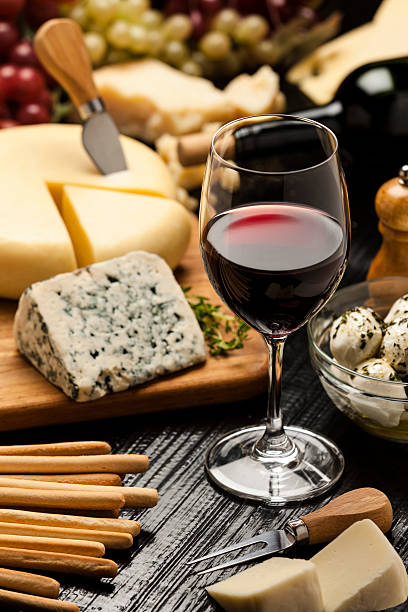Wine has been a cherished beverage for millennia, valued for its complexity, diversity, and ability to enhance social experiences. With its extensive variety and range of flavors, wine appreciation has evolved into an art form, with enthusiasts exploring nuances in taste, aroma, and texture. However, a lingering question persists among both casual consumers and connoisseurs alike: should you judge a wine by its price? In a world where wine prices can vary from a few dollars to thousands per bottle, the relationship between price and quality remains a topic of debate.
Understanding Wine Pricing: Before delving into the debate, it’s essential to grasp how wines are priced. Numerous factors influence the cost of a bottle, including the vineyard’s location, grape variety, production methods, aging process, and brand reputation. Additionally, market demand, rarity, and even packaging contribute to pricing strategies. Winemakers invest significant resources in crafting their products, from cultivating vineyards to bottling and distribution, which inevitably affects the final price tag.
The Perception of Quality: Historically, there has been a widespread belief that higher-priced wines inherently equate to superior quality. This perception is deeply ingrained in wine culture, often leading consumers to associate a higher price point with finer taste and prestige. Wineries leverage this notion by positioning their products as luxury goods, targeting discerning buyers willing to pay a premium for perceived excellence.
However, the correlation between price and quality isn’t always straightforward. Blind tastings and experiments have repeatedly challenged the assumption that expensive wines consistently outshine their more affordable counterparts. In fact, studies have shown that individuals often struggle to distinguish between wines of varying prices when tasted blindly, indicating that subjective biases heavily influence perceived quality.
Value vs. Cost: While price can reflect production expenses and market positioning, it doesn’t necessarily align with value. Value is the relationship between quality and cost, representing how much enjoyment and satisfaction a consumer derives from a product relative to its price. In the realm of wine, value can be found across the price spectrum, from budget-friendly bottles offering surprising quality to high-end selections warranting their premium price tags.
A budget-conscious consumer may find excellent value in an affordably priced wine that exceeds expectations in taste and enjoyment. Conversely, a luxury wine enthusiast might justify splurging on a prestigious label for the experience, exclusivity, and status it confers. Ultimately, value is subjective and personal, varying according to individual preferences, tastes, and budget constraints.
Exploring Wine Diversity: One of the most compelling arguments against judging wine solely by its price is the sheer diversity within the wine industry. Wine regions around the world produce an extensive array of grape varietals, each expressing unique terroir and character. From Old World classics to New World innovations, there’s a wealth of options available to suit every palate and occasion.
This diversity ensures that exceptional wines can be found at every price point, challenging the notion that quality is directly proportional to cost. In recent years, emerging wine regions and innovative winemakers have disrupted traditional paradigms, offering exceptional wines at competitive prices. By exploring lesser-known appellations and lesser-known grape varieties, consumers can discover hidden gems without breaking the bank.
Cultivating Wine Knowledge: An essential aspect of wine appreciation is developing a discerning palate and expanding one’s knowledge of the beverage. Education plays a crucial role in understanding the complexities of wine production, including grape cultivation, winemaking techniques, and regional influences. By honing their tasting skills and familiarizing themselves with different wine styles, consumers can make informed decisions regardless of price considerations.
Wine enthusiasts are encouraged to explore tastings, seminars, and educational resources to deepen their understanding of the beverage. Developing a nuanced appreciation for wine involves embracing diversity, challenging preconceptions, and cultivating an open-minded approach to tasting. By broadening their horizons, consumers can appreciate the intrinsic value of wine beyond its price tag.
The question of whether to judge a wine by its price is multifaceted, reflecting the complexities of the wine industry and consumer preferences. While price can serve as a rough indicator of quality and prestige, it’s not an infallible measure of value. Wine enthusiasts are encouraged to approach tasting with an open mind, embracing diversity, and exploring wines across all price points.
Ultimately, the enjoyment derived from wine transcends monetary considerations, encompassing sensory experiences, cultural appreciation, and social connections. Whether savoring an affordable everyday sipper or indulging in a rare vintage, the true essence of wine lies in the moments shared and memories created. So, the next time you reach for a bottle, remember that value is subjective, and the best wine is the one that brings you joy, regardless of its price.



